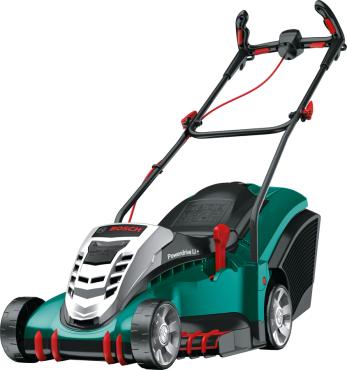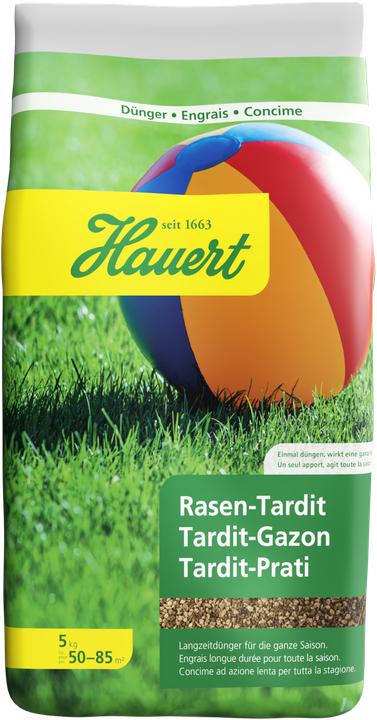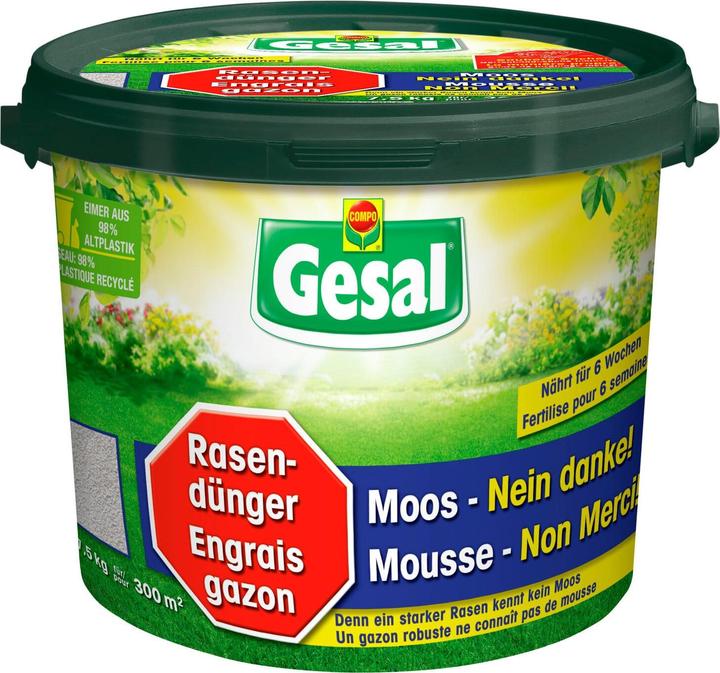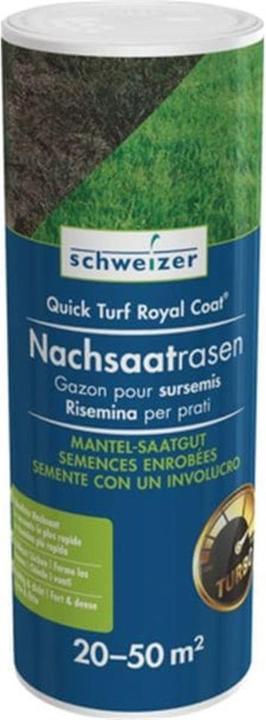
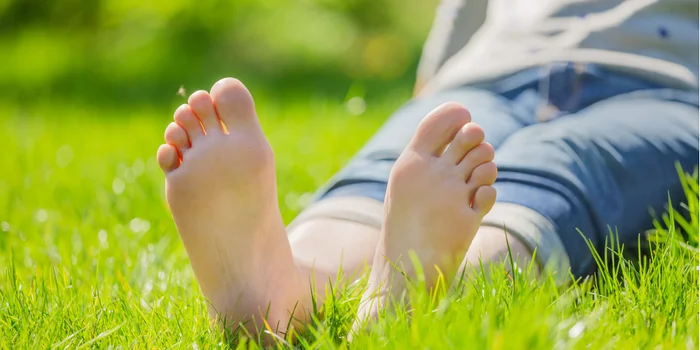
Barefoot in the garden - lawn care at the end of summer

Summer is at its best right now. Temperatures are rising and the lawn is once again in need of our full attention. Mowing, scarifying, fertilising and overseeding: find out how here.
Mowing the lawn
When temperatures are summery, you shouldn't cut the lawn to less than 4cm. When mowing, make sure the mower blades are sharp enough, as otherwise the lawn may be damaged unnecessarily.
Air cushion mowers are easier to use than wheeled mowers: they glide over the lawn and are ideal for hard-to-reach areas (slopes, bushes) and medium-sized surfaces. They're ideal for older and weaker people. The disadvantage: only light materials can be mown, as the air cushion could otherwise be damaged. The cutting height adjustment is also less flexible than with other types of mower.
There are 3 different versions of lawnmowers:
- petrol lawnmowers are powerful and ideal for mowing large areas.
- cordless lawnmowers have, thanks to their battery, a very free radius of action.
- electric lawnmowers are silent and can be used for areas between 50 and 400 square metres, but their range is limited.
Scarify
Scarifying the lawn means aerating the soil and reducing the grass clippings left on it: mowing residues, moss or even dead roots that come to rest and pollute the lawn are eliminated. This operation results in a denser and particularly soft lawn.
If you want to sacrifice the lawn in September, make sure it has been mown beforehand and is dry. If it's been a hot, dry summer, scarification allows the lawn to breathe properly. Always check that the blades are lightly touching the ground: scarifying too deeply will damage the grass roots and put a lot of wear and tear on the appliance.
Thanks to composting, small holes in the lawn can be eliminated. Thanks to the composting process, small holes close up by themselves. For the larger ones, you need to replant grass.
Fertilising
Between the end of August and mid-September, the lawn can be fertilised one last time. Here, it is advisable to choose a fertiliser containing a high percentage of potash, to strengthen the plants for the winter.
If possible, spread the fertiliser on an evening when rainfall is forecast for the night or the following day. It's important that it doesn't stay on the plants: the leaves risk being burnt by the sun's rays. And if the forecast rain is a long way off, use the hose.
Sursemer
September is ideal for replanting grass in places where there's hardly any left: thanks to the long winter break, the roots have time to form and set properly.
Watering
Check regularly to see if your lawn needs watering! Depending on temperature, soil type and air humidity, up to four litres of water a day can evaporate from a square metre of lawn in summer. As grass roots do not grow deeper than 15 centimetres, water reserves are rapidly depleted. September is one of the driest months of the year. The end of the year can also be very dry: you may also need to water the lawn in autumn.
Find tips on watering in summer here:


I draw inspiration and energy from nature – whether I'm hiking, skiing in the mountains or travelling to new places. I also have a passion for photography, music, TV series and good food.
Interesting facts about products, behind-the-scenes looks at manufacturers and deep-dives on interesting people.
Show all